Shichi Go San Festival: Celebrating Milestones in Japan
In Japan, there is a tradition called Shichi-go-san, which translates to Seven-Five-Three in English. It’s a celebration that holds great significance for families with children of certain ages. It’s a great example of how Japanese culture values tradition, family, and milestones in life.
CONTENTS
What is Shichi-go-san?
Shichi-go-san is a Japanese holiday dedicated to children who have reached the ages of three, five, and seven. These are seen as significant ages in Japanese culture. The event marks the journey from toddlerhood to childhood, with each age carrying its own meaning and symbolism.
Katorisi, CC BY 3.0, via Wikimedia Commons
During Shichi-go-san, families dress their children in traditional attire. These beautiful outfits hold cultural and historical significance. Girls wear vibrant kimono with elaborate obi belts, while boys don hakama, a traditional garment resembling wide-legged trousers.
Nesnad, CC BY 4.0, via Wikimedia Commons
A Very Brief History
The celebration of Shichi-go-san can be traced back to the Heian period (794-1185), when aristocratic families would celebrate the odd numbered ages of their children with special ceremonies. This matches the beliefs of East Asian numerology, where odd numbers are believed to bring good luck.
Bergmann at Japanese Wikipedia, CC BY 3.0, via Wikimedia Commons
When is Shichi-go-san?
The event is celebrated every year on November 15th, but ceremonies run throughout the entire month. Celebrations typically involve visits to Shinto shrines, where families pray for the health and happiness of their children.
The parents and children pray for the child’s well-being and prosperity, and offer a symbolic stick of candy called Chitose-ame. It is believed that by visiting a shrine and receiving a blessing, the child is protected from harm and blessed with good fortune as they continue to grow.
Girl in Kimono Walking with Parents
How do I see Shichi-go-san?
If you’re planning a trip to Japan in the middle of November, you’ll probably see families celebrating Shichi-go-san. It’s a wonderful experience, and the kids are so cute in their kimono and hakama. You’ll also see parents dressed in traditional attire, offering prayers and receiving blessings at shrines.
Shichi-go-san is a cultural celebration in Japan that honors children reaching the ages of three, five, and seven. It reflects Japan’s deep-rooted reverence for family, tradition, and the passage of time. It’s a joyful occasion that brings loved ones together to honor the precious journey of childhood and express hopes for a bright future.
Want a Unique Japan Trip?
Discover Japan planning secrets with our best-selling Itinerary Planning Course. Or inquire about our exclusive Small Group Tours.


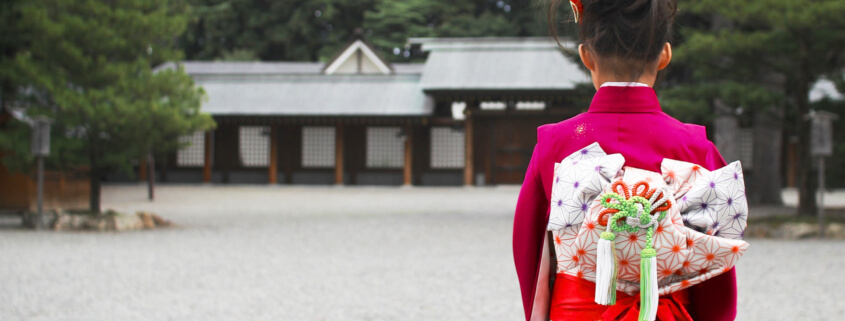
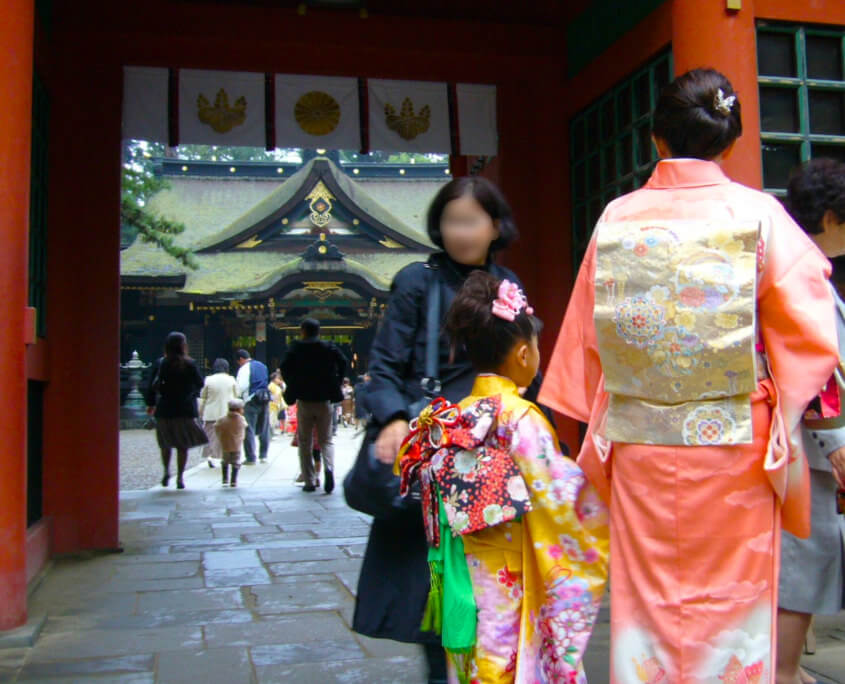
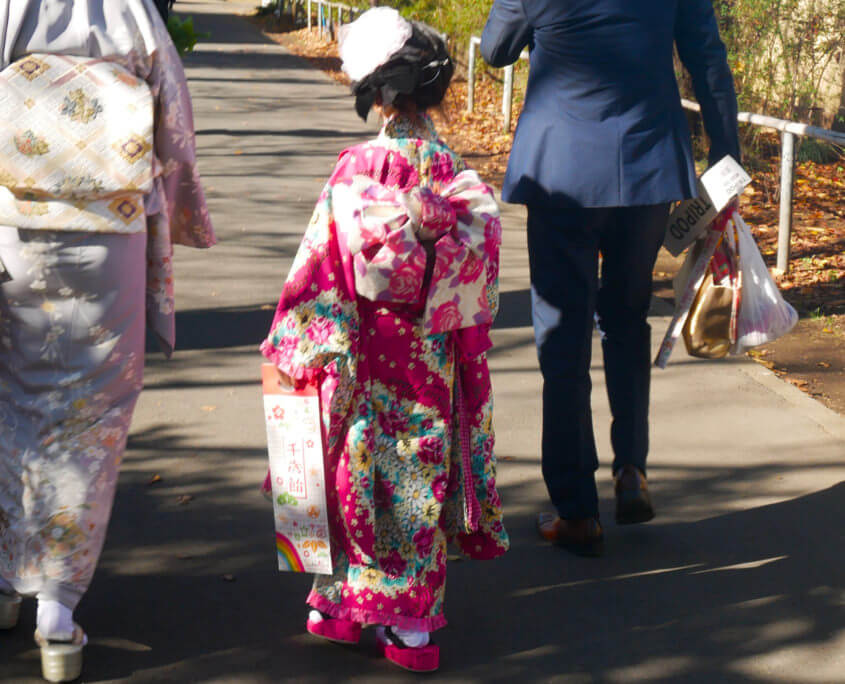
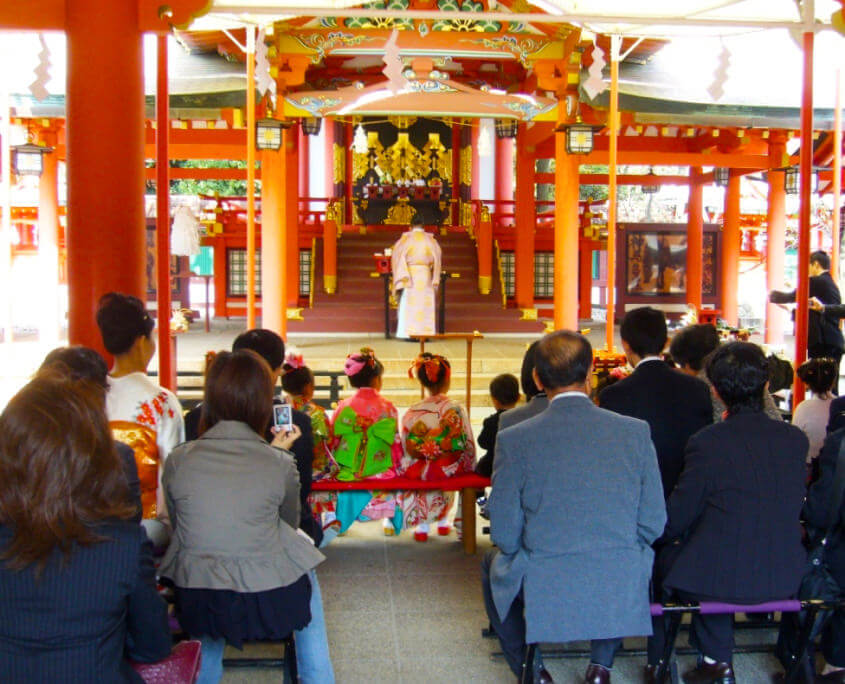
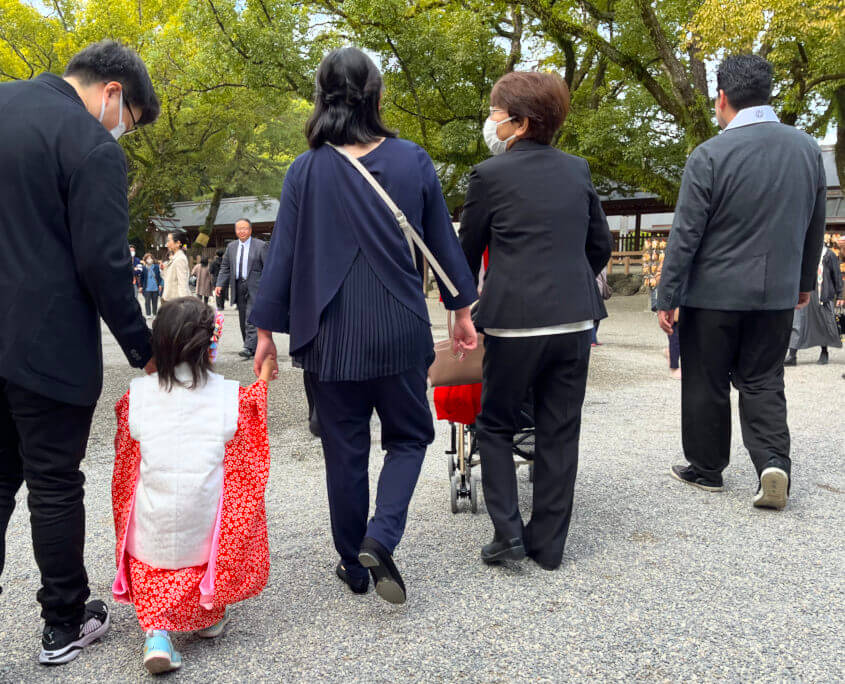

 @JAPANandmore
@JAPANandmore 
 ©JAPANandmore.com
©JAPANandmore.com 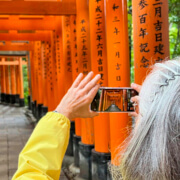 ©JAPANandmore.com
©JAPANandmore.com  @JAPANandmore
@JAPANandmore 




 @JAPANandmore
@JAPANandmore ©JAPANandMore.com
©JAPANandMore.com